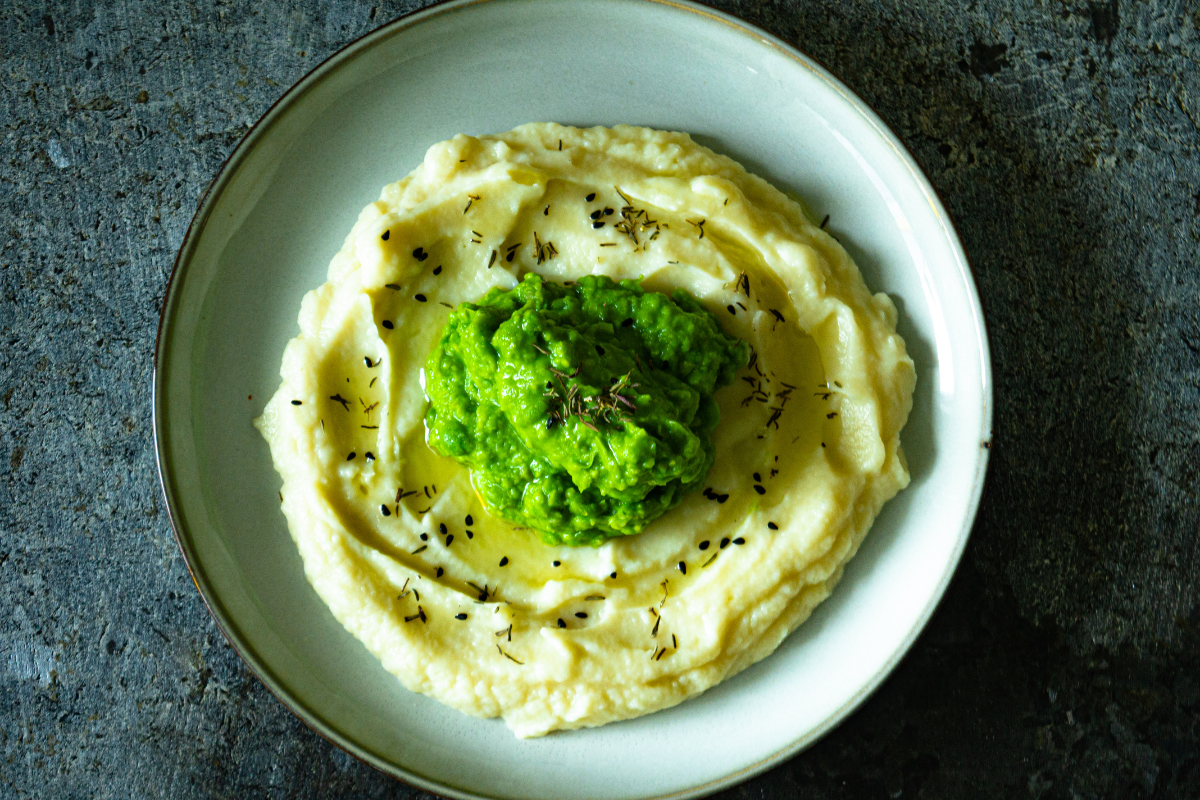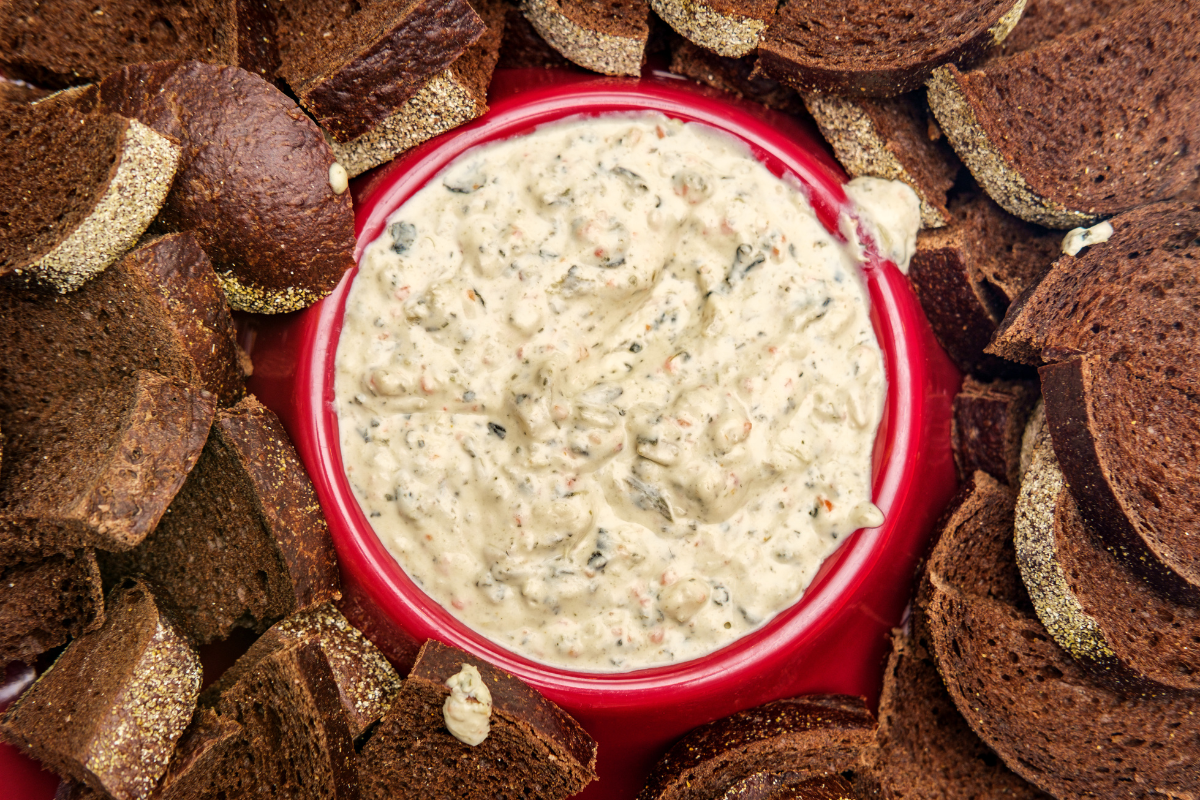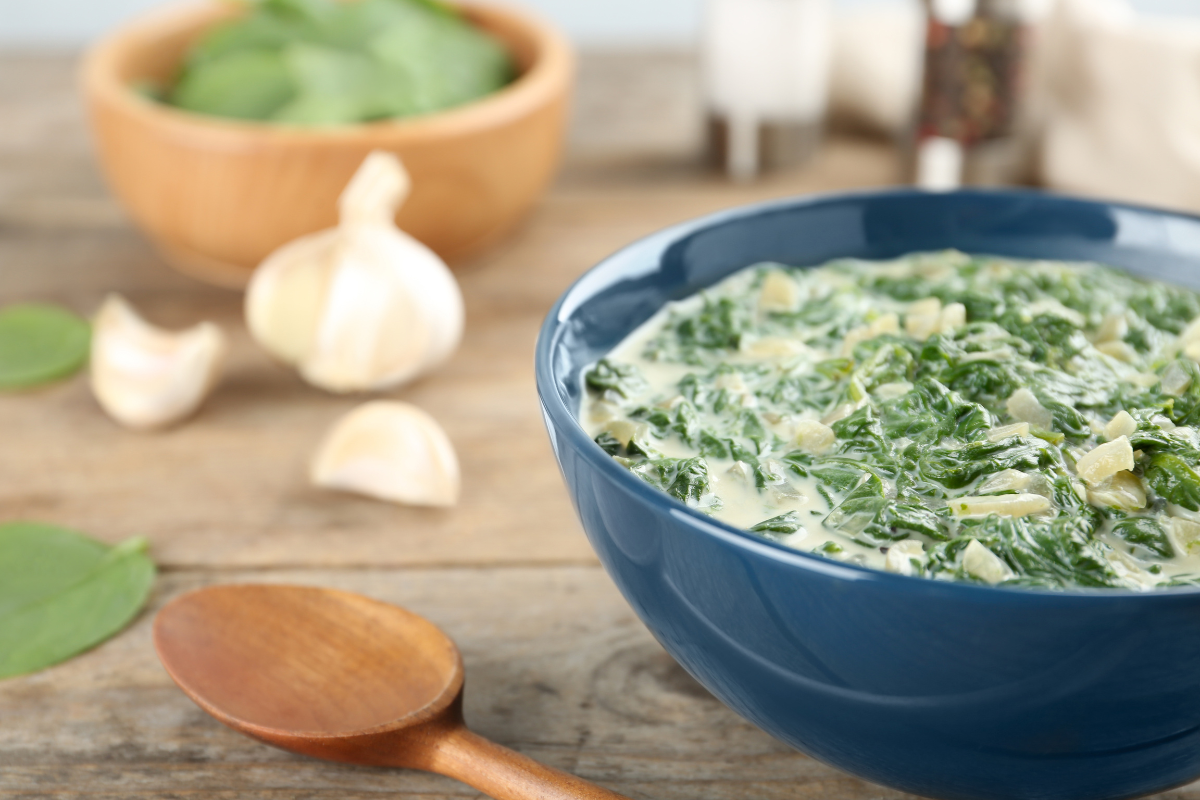Introduction to Using Spinach in Dips
Understanding Spinach’s Role in Dips
Spinach, known for its nutritional value, plays a key role in various dip recipes. It adds vibrant color and a wealth of vitamins and minerals. In dips, spinach offers a subtle, earthy taste that complements many ingredients, from creamy cheeses to tangy yogurts and bold spices. It fits well in both hot and cold dips, enhancing the dish’s nutrition without dominating the flavors. Whether starring in a classic spinach artichoke dip or adding nutrition to innovative recipes, spinach boosts the health value and taste of dips.
Comparing Fresh and Frozen Spinach
Choosing between fresh and frozen spinach for dips involves considering their pros and cons. Fresh spinach provides a crisp texture and vibrant flavor, perfect when it’s the focal point of a recipe. Yet, it needs thorough washing and more prep time. Conversely, frozen spinach offers convenience and a longer shelf life, being pre-cooked and easy to store. However, it may lose some texture and require draining to avoid watery dips. Deciding on fresh or frozen spinach for your dip will depend on your needs for flavor, texture, and convenience.
 Preparing Frozen Spinach for Dip Recipes
Preparing Frozen Spinach for Dip Recipes
How to Properly Thaw and Prepare Frozen Spinach
When using frozen spinach in dip recipes, proper thawing and preparation are crucial to ensure the best texture and flavor. Start by moving the frozen spinach from the freezer to the refrigerator several hours before you plan to use it, allowing it to thaw gradually. For a quicker method, you can use a microwave, placing the spinach in a microwave-safe dish and using the defrost setting. Remember to stir the spinach occasionally to ensure even thawing.
Once thawed, the next step is to remove as much moisture as possible. Excess water can dilute the flavors of your dip and affect its consistency. To do this, transfer the spinach to a clean kitchen towel or a piece of cheesecloth. Gather the edges to form a pouch and squeeze firmly. You can also press the spinach against a sieve or colander with the back of a spoon to extract the water. This process might need to be repeated a few times to eliminate as much water as possible.
Preparing frozen spinach this way ensures that it integrates well into your dip, allowing the spinach’s flavor to shine without making the dip overly watery or bland.
The Importance of Draining Excess Water
Draining excess water from thawed frozen spinach is a critical step that should not be overlooked. Excess moisture can not only alter the consistency of your dip, making it less appealing and harder to serve with crackers or vegetables, but it can also dilute the flavors of the other ingredients, resulting in a less flavorful dish.
Properly drained spinach will blend seamlessly with other components, maintaining the desired creamy or chunky texture of the dip. It also ensures that the spinach’s flavor is not lost or overshadowed by wateriness. Taking the time to drain your spinach thoroughly will elevate the quality of your dip, ensuring that every bite delivers the full array of intended flavors and textures.
Nutritional Comparison
Nutritional Content: Frozen vs. Fresh Spinach
Both frozen and fresh spinach are rich in nutrients. They offer vitamins A and K, iron, and folate. Fresh spinach has more vitamin C, but frozen spinach keeps its nutrients over time. While fresh spinach needs quick use, frozen spinach lasts longer. Both types are low in calories and high in fiber and antioxidants.
Impact of Freezing on Spinach’s Nutrients
Freezing spinach preserves its nutrients but may slightly reduce some vitamins like vitamin C. The process involves blanching, which can affect water-soluble vitamins. Yet, minerals and fiber remain mostly unchanged. Freezing can even enhance the bioavailability of some nutrients like iron. Despite minor losses, frozen spinach remains a nutritious choice, especially for convenience and longevity in storage.
Cooking Frozen Spinach for Dips
To Cook or Not to Cook: Dispelling Myths
The debate often centers on whether to cook frozen spinach before adding it to dips. The choice hinges on the recipe and your taste. Cooking can enhance the spinach’s flavor, mitigating any bitterness and making it more enjoyable. However, for quicker preparation or a lighter taste, you might opt to use thawed, well-drained spinach directly.
Cooking frozen spinach can also eliminate bacteria, offering a safer dip, especially when serving to vulnerable groups. If you decide to cook the spinach, sautéing it briefly in olive oil with garlic can deepen its flavor, while steaming preserves most nutrients.
 Best Practices for Frozen Spinach in Dips
Best Practices for Frozen Spinach in Dips
Here are key steps to ensure your spinach dip turns out great:
- Thaw and Drain Thoroughly: Always start by thoroughly thawing and draining the spinach to avoid a watery dip that dilutes flavors.
- Opt for Cooking: Cooking isn’t mandatory but can improve flavor and texture. Quick sautéing or steaming can also minimize microbial risks.
- Season Well: Since frozen spinach can taste bland, enhance it with garlic, salt, pepper, and perhaps a hint of nutmeg.
- Ensure Even Mixing: Blend the spinach well into the dip for uniform flavor and texture.
Adhering to these practices will help you incorporate frozen spinach into your dips effectively, ensuring a flavorful and nutrient-rich result.
Recipe Section
Delicious Dip Recipes Using Frozen Spinach
1. Classic Spinach and Artichoke Dip:
- Ingredients: 1 cup thawed and drained frozen spinach, 1 can artichoke hearts, 1 cup sour cream, 1 cup cream cheese, 1/2 cup grated Parmesan cheese, garlic, salt, and pepper.
- Instructions: Mix the spinach, chopped artichoke hearts, sour cream, cream cheese, Parmesan, minced garlic, salt, and pepper. Bake at 375°F (190°C) until bubbly and golden on top. Serve with your favorite dippers.
2. Spinach and Feta Dip:
- Ingredients: 1 cup thawed and drained frozen spinach, 1 cup crumbled feta cheese, 1/2 cup Greek yogurt, lemon juice, dill, salt, and pepper.
- Instructions: Combine spinach, feta, Greek yogurt, a squeeze of lemon juice, chopped dill, salt, and pepper. Chill for an hour before serving to allow flavors to meld.
3. Spicy Spinach Dip:
- Ingredients: 1 cup thawed and drained frozen spinach, 1 cup mayonnaise, 1 cup grated pepper jack cheese, 1 diced jalapeño, 1 teaspoon cayenne pepper.
- Instructions: Mix all ingredients and bake at 350°F (175°C) until the cheese is melted and the top is slightly browned. Adjust the spiciness to taste.
Tips for Enhancing Flavor and Texture
- Season Generously: Don’t shy away from seasonings. Garlic, onion powder, and various herbs can significantly enhance the dip’s flavor profile.
- Add Acidity: A splash of lemon juice or a dash of vinegar can brighten up the dip, adding a layer of complexity to the taste.
- Incorporate Textural Elements: Ingredients like chopped nuts, water chestnuts, or even crispy bacon bits can introduce enjoyable contrasts in your dip.
- Cheese Matters: Using a mix of cheeses can add depth. Consider blending sharp with creamy cheeses for a balanced flavor.
- Experiment with Heat: Spices like cayenne pepper or a dash of hot sauce can add a kick that elevates the dip, making it moreish and exciting.
By applying these tips, you can transform a simple frozen spinach dip into a gourmet treat that impresses your guests and delights your taste buds.
FAQs
Do you need to cook frozen spinach before adding it to dips? Cooking frozen spinach before adding it to dips isn’t mandatory but recommended. Cooking enhances its flavor, reduces any bitterness, and can kill potential bacteria. If you prefer a milder taste or are short on time, you can use it directly after thawing and draining. However, for safety and enhanced taste, a quick sauté or steam can be beneficial.
How can you ensure the best texture and flavor when using frozen spinach in dips? To ensure the best texture and flavor in your dips, thoroughly thaw and drain the frozen spinach to remove excess water. This prevents the dip from becoming watery. Cooking the spinach with a bit of oil and seasonings like garlic can enhance its flavor. Additionally, incorporating ingredients like cream cheese or sour cream can improve the dip’s texture, making it creamy and rich.
What are the best ways to thaw frozen spinach for dip recipes? The best ways to thaw frozen spinach include leaving it in the refrigerator overnight, and ensuring it thaws evenly without risking bacterial growth. For a quicker method, place the spinach in a microwave-safe dish and use the defrost setting, checking periodically and stirring to ensure even thawing. Another method is to run cold water over the spinach in a colander, though this might require extra draining to remove all excess water.
 Expert Opinions and Culinary Tips
Expert Opinions and Culinary Tips
Insights from Chefs on Using Frozen Spinach in Dips
Many chefs advocate for the use of frozen spinach in dips, citing its convenience and consistent quality year-round. They recommend thoroughly thawing and draining the spinach to avoid wateriness, which can dilute flavors and alter the dip’s texture. Some chefs suggest a quick sauté in olive oil with garlic to enrich the spinach’s taste before incorporating it into the dip. This step can deepen the flavors, adding a savory note that raw spinach might lack.
Chefs also emphasize the importance of seasoning when using frozen spinach. Since freezing can mute flavors, a robust seasoning approach can revive the dip, making it vibrant and palatable. Ingredients like nutmeg, black pepper, and Parmesan cheese are popular additions that complement spinach’s natural taste.
Culinary Tricks for Maximizing Taste and Nutrition
- Enhance Flavor with Acids: A dash of lemon juice or vinegar can elevate the overall flavor of your spinach dip, adding a bright and fresh dimension that balances the richness of other ingredients.
- Boost Nutrition with Mix-ins: To increase the nutritional value of your spinach dip, consider adding other healthful ingredients like chopped bell peppers for vitamin C or walnuts for omega-3 fatty acids. These additions not only boost nutrition but also contribute to the complexity of flavors and textures.
- Use Quality Fats: Incorporating quality fats like olive oil or avocado can enhance the absorption of fat-soluble vitamins present in spinach, such as vitamins A and K. These fats also contribute to a creamy texture and a richer taste.
- Season Smartly: Don’t underestimate the power of seasoning. Fresh herbs, spices, and a touch of sea salt can transform a simple dip into a culinary delight, making the flavors of spinach and other ingredients more pronounced and enjoyable.
Pairing Spinach Dips with Various Dishes
Spinach dip benefits are not only versatile but also enhance many dishes with their rich flavors, making them perfect for gatherings and adding a creamy texture and robust taste. When served with crudité or toasted pita, spinach dip benefits shine, offering a classic pairing. They also complement grilled meats well, providing a flavorful accompaniment that underscores the spinach dip benefits. For a unique twist, using the dip as a sandwich spread or in wraps introduces a creamy element that binds ingredients, showcasing the versatility of spinach dip benefits. Mixing the dip into pasta dishes as a creamy sauce alternative further elevates meals, highlighting the nutritional benefits of spinach in various culinary settings. Thus, spinach dips not only offer tasty flavors but also deliver essential nutritional health benefits, emphasizing the comprehensive advantages of incorporating spinach dip benefits into your diet.
Nutritional Benefits of Spinach Dips
Spinach dips not only delight the palate but also offer nutritional advantages, making them a smart choice for health-conscious diners. Spinach, the star ingredient, is packed with vitamins A and C, iron, and antioxidants, contributing to overall health and wellness. When prepared thoughtfully, these dips can be a part of a balanced diet, providing fiber and protein without excessive calories. Opting for low-fat ingredients and natural seasonings can enhance the nutritional profile of the dip while maintaining its delicious taste. Thus, spinach dips can be a flavorful way to incorporate more leafy greens into your diet, combining enjoyment with health benefits.
Conclusion:
Spinach dip benefits are numerous, enhancing tables on various occasions. Whether for casual gatherings or formal events, spinach dip benefits in enhancing dining experiences are significant. By exploring both traditional and innovative spinach dip recipes, we delve into and expand upon this culinary tradition. Spinach dip benefits extend beyond merely complementing dishes; they unite us in the joy of cooking and shared meals. These dips foster connections and create memorable moments, emphasizing the pleasure of good food and company. Thus, spinach dip benefits combine delightful taste with significant health advantages, making it a preferred choice for those seeking nutritious and flavorful options. Spinach dip benefits truly highlight the culinary versatility and nutritional value of this beloved dish.
